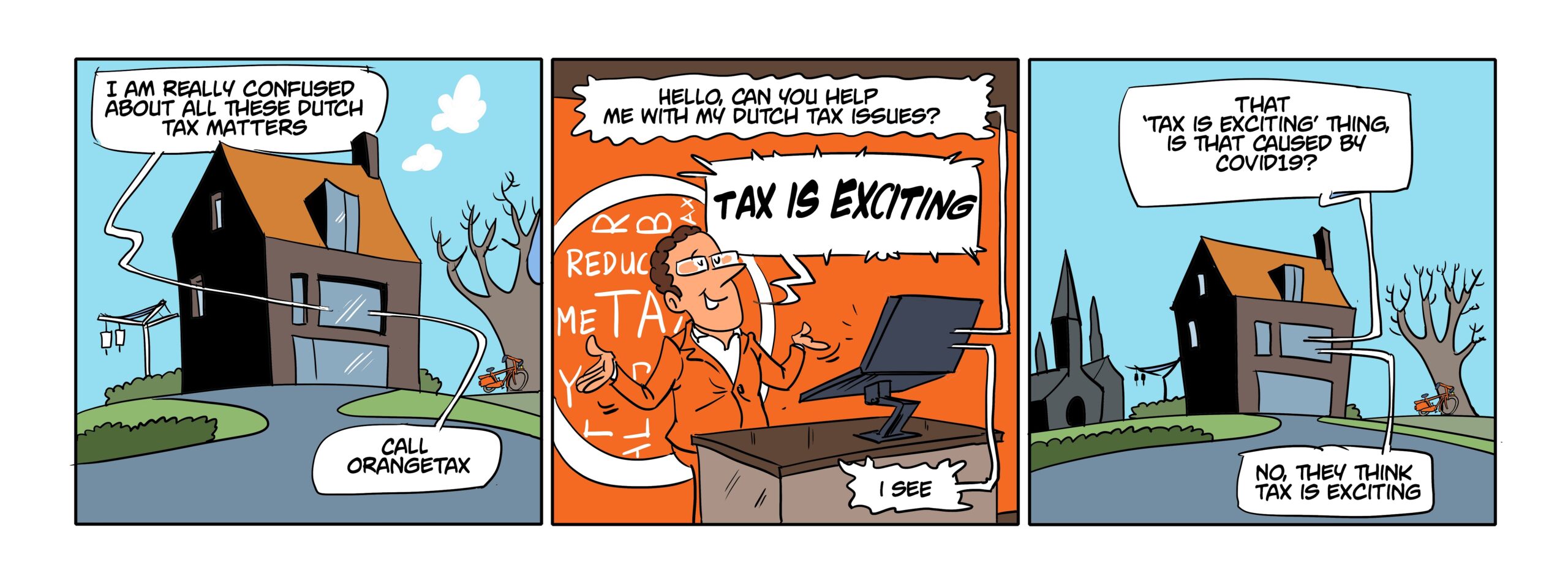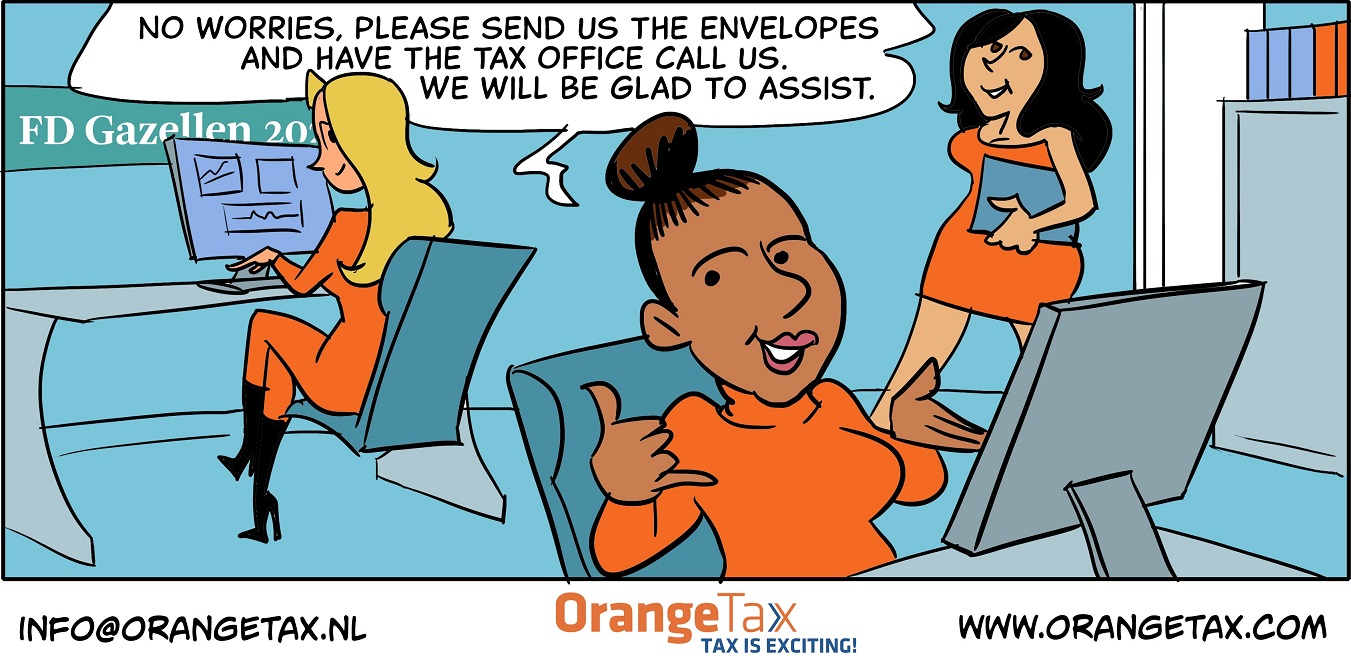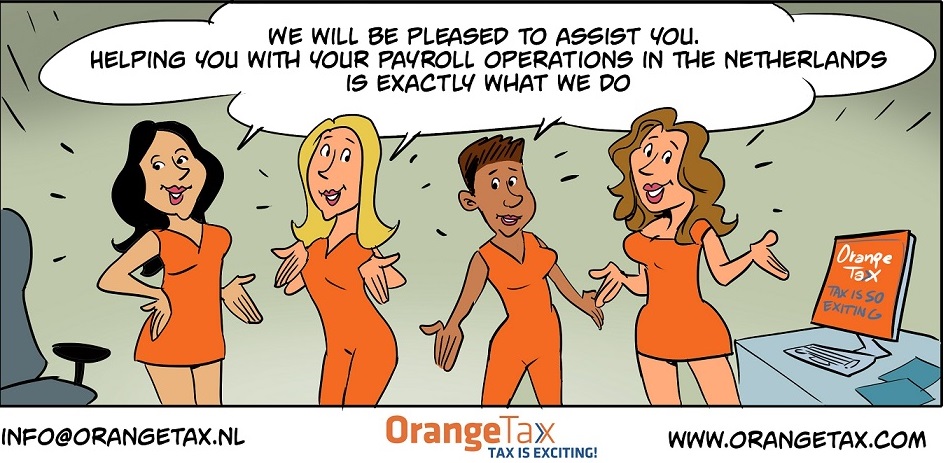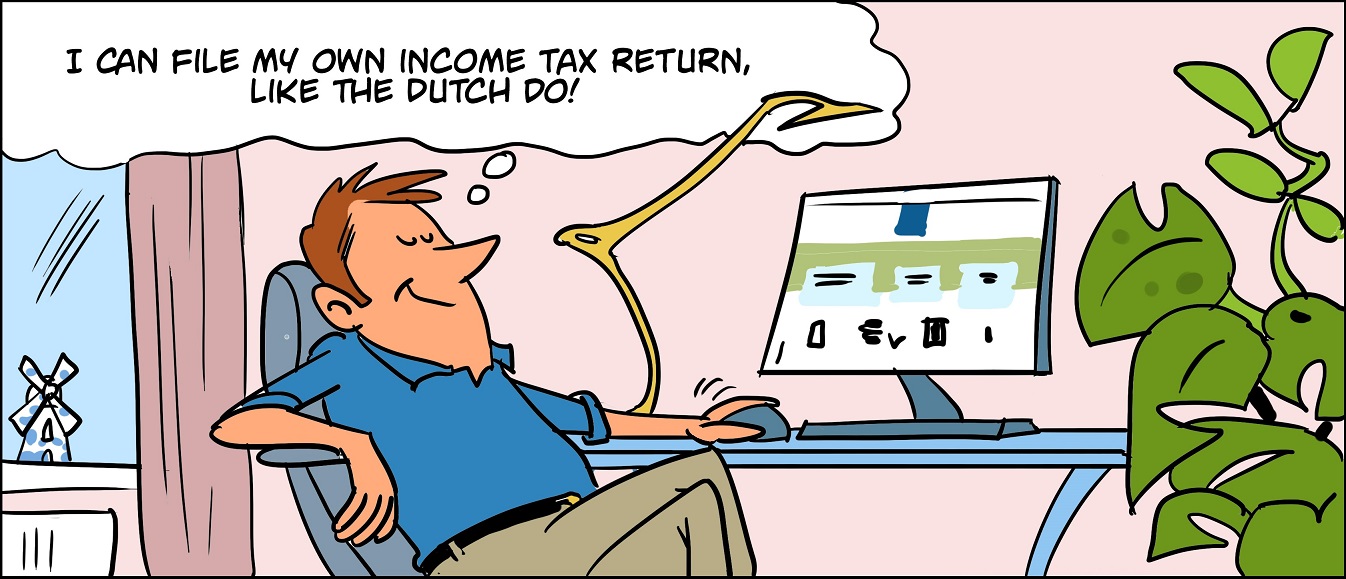A November 2013 Mitsubishi Outlander was crashed in an accident. The company car was purchased under the 0% regime with respect to the value that needs to be added to the income. The fully crashed Mitsubishi was replaced by an identical version, however, this car was issued in March 2014 when the 0% regime no longer applied to this vehicle, but the 7% regime did apply. Is this damage you can be held responsible for?
0% value regime
Apparently you can. The term of the lease contract was 5 years, the 7% resulted in EUR 250 per month, being EUR 14.000 over the full lease contract period. The Amsterdam court decided that this is indeed regarded a direct result from crashing the car, hence the other party causing the accident not only needs to make good the costs of the car, but on top of that EUR 14.000 in additional fiscal costs for no longer having a 0% regime company car.
The above mentioned car was extremely popular in 2013. By the time Mitsubishi was able to supply sufficiently the demand, the year 2014 had come and the 0% was no longer applicable, a still generous 7% regime applied and the car was basically not touched by clients anymore. This is how strong the mechanism is with respect to the percentage of the catalogue value added to your taxable income for the private use of the car.
Green car is no criteria for employees
The low percentage is issued based on the environmental friendliness of the company car. The thought with the Government is that employees want to drive such a car. However, recent investigations show that none of that is of any criteria for the employee. The only reason why a 0% or low percentage regime car is purchased is the low amount of private costs. Even worse, batteries are not even charged, petrol is simply put in the car and they speed off. That implies that not only the incentive to get to greener cars has failed, but the green cars that do drive on the roads are for the majority not used in the green sense they are intended to.





